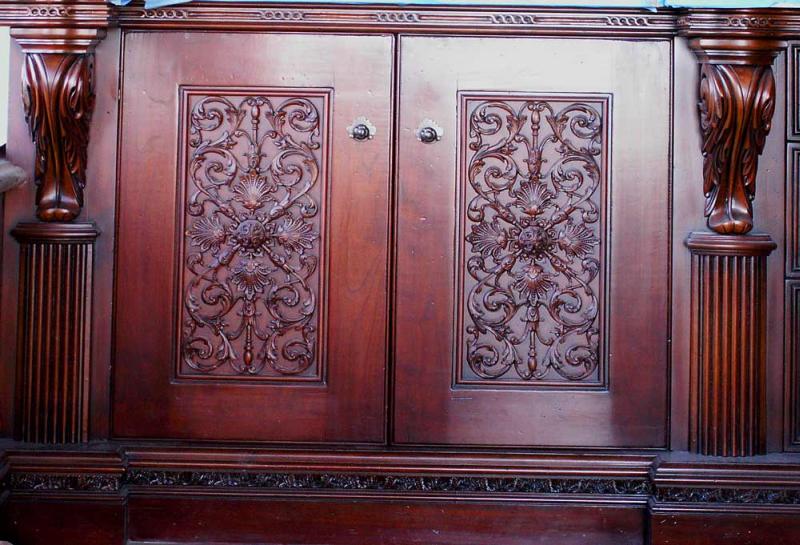Question
A designer approached me about an Ipe countertop for a kitchen counter in an area primarily used for serving - no heavy use, little water exposure. She wants it to look like a tabletop. I have zero experience with this wood - I would appreciate tips on finishing this. I know it is oily, and exterior applications often don't finish at all. Any and all advice appreciated.
Forum Responses
(Finishing Forum)
From contributor A:
Monteath Lumber in NJ, who is one of the largest suppliers of Ipe in the USA, says to seal all ends with a product called Anchor Seal and seal all other surfaces with Cabots Australian Timber oil. Donít forget to add to your cost extra carbide blades. Ipe is like cutting metal.
Your second obstacle will be finding true low moisture content kiln dried Ipe. Every board of Ipe I've ever seen is not kiln dried to the extent most hardwoods are. You will run into more movement and checking with the Ipe you get that's used for decking. I would get a written statement of the moisture content of the wood you are using from the supplier as insurance. For any major warpage or checking, you can try to pass the buck on to them.
Ipe also glues up about as nicely as gluing plexiglass with wood glue. It usually de-bonds in a short time, even with really expensive epoxy. I cannot offer you an answer that I'd personally bank on. I have made some small items (bowls and hardwood pens) out of Ipe cutoffs I've picked up from decking jobs and I have yet to find a finish, including conversion varnish, that will stick to it long term. I use only boiled linseed oil now and it seems to penetrate nicely. I would highly recommend you sweet talk them into using Brazilian Cherry. It has the same grain pattern as Ipe, is nearly as hard, is not oily, and glues up very nicely. It looks much like the redder varieties of Ipe and is usually cheaper too. Finish with conversion varnish or even better would be a post-cat polyurethane, like ML Campbell's EuroBild poly.
Finally, Iroko makes a nice top. It is not nearly as hard as Ipe or Jatoba, but nice nonetheless. Research this thread and the cabinetmaking thread for Ipe. You will find that it is not a favorite at all for glue ups or finishing.
